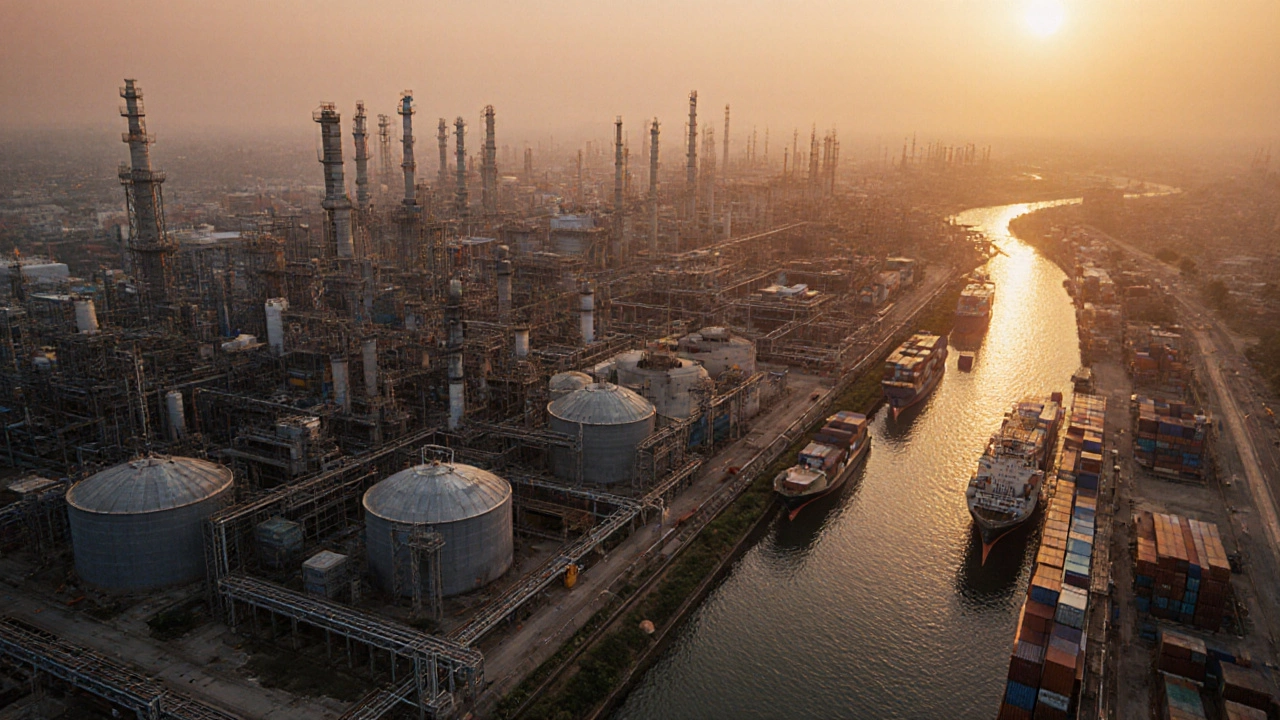India chemical sector: Key products, exports, and manufacturing trends
When we talk about the India chemical sector, the backbone of India’s industrial output, producing everything from pharmaceuticals to fertilizers and specialty chemicals. Also known as India’s chemical industry, it supplies raw materials for textiles, agriculture, construction, and healthcare—making it one of the most vital parts of the country’s economy.
This sector isn’t just about big factories. It includes small-scale producers making dyes, pigments, and specialty compounds, alongside giants like Reliance and Tata Chemicals. The chemical exports India, a multi-billion-dollar business that sends dyes, pharmaceutical intermediates, and organic chemicals to over 180 countries, are growing fast, especially to the U.S., Europe, and Southeast Asia. Meanwhile, industrial chemicals, the raw materials used in manufacturing everything from plastics to detergents, are seeing rising domestic demand thanks to India’s push in infrastructure and electronics production.
The real story? It’s not just about volume—it’s about value. India is moving beyond basic chemicals into high-margin specialty products. Companies are investing in R&D to make active pharmaceutical ingredients (APIs), electronic-grade chemicals, and eco-friendly solvents. Government programs like PLI for bulk drugs and chemical parks are helping local players compete globally. And with China’s supply chain risks, global buyers are turning to India as a safer, more flexible partner.
You’ll find posts here that break down exactly which chemicals India exports the most, who the top manufacturers are, and which products are in highest demand right now. We cover the science behind the supply chain, the policy shifts changing the game, and the real numbers behind the growth. Whether you’re a manufacturer looking for suppliers, a student researching the industry, or just curious about what goes into the products you use every day—this collection gives you the facts, not the fluff.

Why India's Chemical Sector Is Booming in 2025
Explore why India's chemical sector is booming in 2025, covering policy incentives, demand drivers, key sub‑sectors, regional hubs, challenges, and investment outlook.
